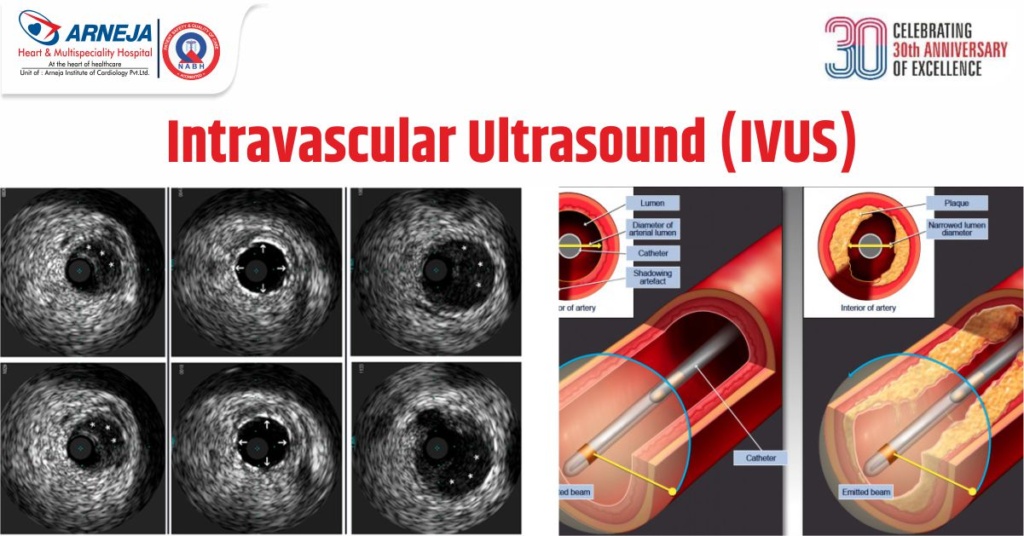Introduction:
Intravascular Ultrasound (IVUS) is a cutting-edge medical imaging technology that has revolutionized the way cardiologists diagnose and treat cardiovascular conditions. It allows healthcare professionals to visualize the interior of blood vessels with unparalleled clarity, providing crucial insights into the health of arteries and guiding more precise treatment strategies. In this blog, we will explore what IVUS is, how it works, its benefits, and its role in enhancing heart health.
Understanding IVUS:
IVUS is a non-invasive imaging technique used to examine the insides of blood vessels, particularly coronary arteries, which supply oxygen-rich blood to the heart muscle. It involves a tiny ultrasound probe, called a catheter, which is threaded through a blood vessel to the site of interest. Once in position, the catheter emits high-frequency sound waves, which bounce back as echoes when they encounter different structures within the artery. These echoes are then processed to generate real-time, cross-sectional images of the arterial wall and plaque deposits.
How IVUS Works:
Catheter Insertion: A skilled healthcare professional inserts the IVUS catheter through a small incision, typically in the groin or arm. It is carefully threaded through the arterial system to the target location.
Ultrasound Emission: Once the catheter is in position, it emits ultrasound waves, which penetrate the arterial walls and interact with the tissues and plaque within.
Image Generation: The echoes produced by the ultrasound waves are collected by the catheter and sent to a computer, which processes the data to create high-resolution images of the blood vessel’s interior.
Benefits of IVUS:
Precise Diagnosis: IVUS provides detailed, real-time images, enabling cardiologists to accurately assess the condition of blood vessels. This allows for better diagnosis of plaque buildup, arterial narrowing (stenosis), and other abnormalities.
Treatment Planning: By visualizing the extent and characteristics of plaque deposits, IVUS helps cardiologists plan more tailored and effective treatment strategies, such as angioplasty or stent placement.
Improved Stent Selection: IVUS assists in selecting the most suitable stent size and type, reducing the risk of complications and ensuring optimal outcomes for patients undergoing coronary stent procedures.
Monitoring Disease Progression: IVUS can be used to monitor the progression of arterial disease over time, enabling early detection of potential issues and timely intervention.
Role of IVUS in Enhancing Heart Health:
IVUS plays a crucial role in interventional cardiology, helping healthcare professionals to perform safer and more effective procedures. It allows cardiologists to see beyond the surface of the arteries, gaining a deeper understanding of the disease’s complexity and making informed decisions about patient care.
Additionally, IVUS is instrumental in guiding research and advancing medical knowledge about cardiovascular diseases. It provides invaluable data on plaque composition, vulnerability, and healing, leading to the development of innovative therapies and improved patient outcomes.
Conclusion:
Intravascular Ultrasound (IVUS) is a groundbreaking medical imaging technique that has transformed the field of interventional cardiology. By providing detailed, real-time images of blood vessels’ interiors, IVUS enhances diagnostic accuracy, treatment planning, and patient outcomes. As technology continues to evolve, IVUS is expected to play an even more significant role in improving heart health and shaping the future of cardiovascular medicine. With its ability to visualize and analyze arterial conditions in unprecedented detail, IVUS offers hope for a healthier heart and a better quality of life for patients with cardiovascular diseases.

